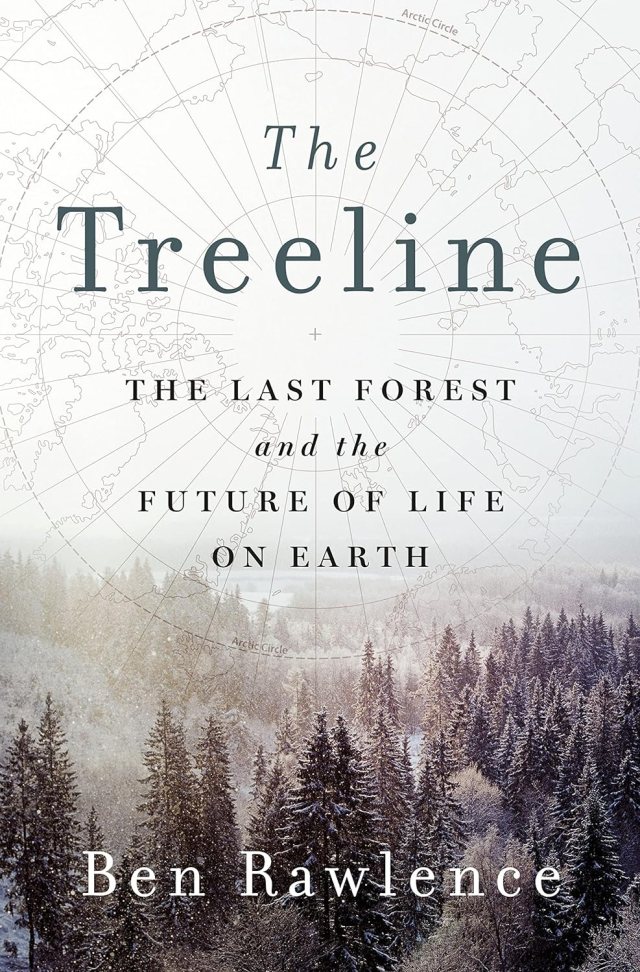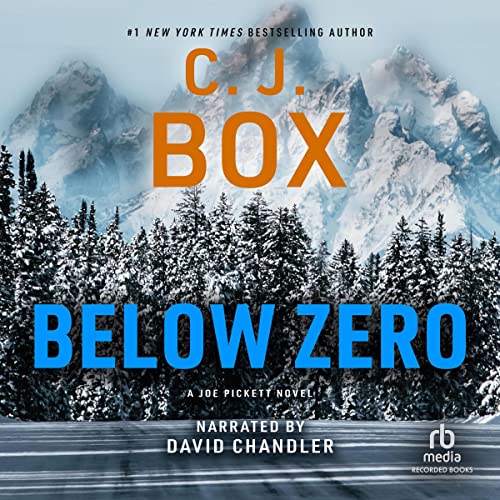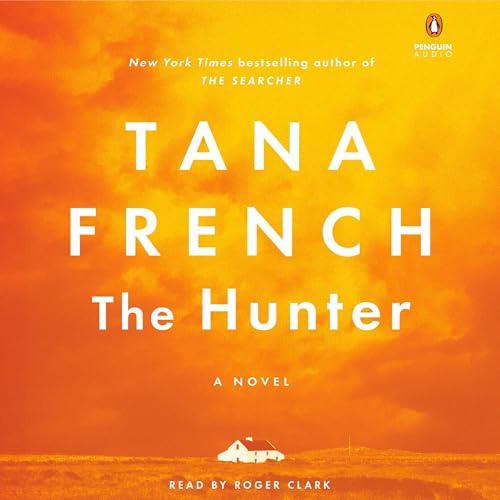Maybe this should have been categorized as historical crime or something other than just True Crime because, from the customer reviews, several people weren’t really interested in the way this story is told; one truly did not get the point. It’s NOT a standard-issue True Crime book in which the story of a sensational-type murder is retold (there are different ways) with the ending resolved (or mostly). Genealogy of a Murder has a far more universal (or literary) theme dealing with connections and outcomes.
Genealogy of a Murder:
Four Generations, Three Families,
One Fateful Night
By Lisa Bliken
2023/ 370 pages
Read by Erin Bennett 12h 56m
Rating: 9/ B; literary true crime, history
This is the story of several families who immigrated from Italy, Ireland, and Russia during the very late 19th century and first half of the 20th. It starts with the immigrations (all separate), but builds and twists around to the shooting death of a police officer and its aftermath.
The author got interested because her step-father was involved and his part had always bothered him although it was totally non-criminal. As Belkin says in the Introduction.
“The story was compelling: a young army doctor is stationed at a research lab at a maximum-security prison and becomes friendly with a prisoner, one who himself is a subject of the doctor’s research. The prisoner asks for the doctor’s help, the doctor helps, things go terribly wrong, and a police officer is murdered.”
This is about the lives of those families, the milieu in which the younger ones grew up, went to school, worked, fought in wars, married and raised children who would go to school and work and get married, etc. There are 4 main families, the Troys, the Cosentinos, the Tarlovs, and the DeSalvos from Italy, Ireland, and Jewish Russia and there are 2 central generations in each making for a lot of characters/people.
“How did one become the cop, one become his killer, and one become my stepfather, the doctor who inadvertently set this shooting into motion? How any of us become who we are has long been a fascination of mine, a central thread...” Pg 7
There are a couple of main characters without direct family connections but are heavily involved in the main theme which is, quite simply, “How do we become who we are?” And secondarily, “Whose fault is it?” or, “Who/what gets credit?”
In order to tell her story with that focus, Belkin has to go into US social patterns of the era(s), It’s almost like a social history of the US during this time with WWI, the Great Depression, WWII occurring plus science and industry booming, ethnic divisions still standing, booze flowing (even though Prohibition gave it a nick) and immigrants wanting their share of the American Dream.
So this small bunch of immigrants from Italy and Ireland and Russia get tangled in 50 years and 3 generations of familiar immigrant experience the end result of which was the killing of a police officer on the streets of Stamford, Connecticut. The cop-killing was by a member of one of the families who simply could not control himself generally. None of these people are involved in gangs although there were certainly Irish, Italian, and Jewish gangs. Some of the characters have brilliant minds, others not so much. Some are alcoholics, some are devout, some are ambitious, some cannot control themselves.
Yes, it is historical true crime because the actual event took place in 1960 so that’s more than 50 years ago (my rule of thumb) actually going back to the 1800s. I suppose it’s literary true crime because there are a number of literary lotions and the structure is rather original. And it’s a bit philosophical because the main point/theme/quesino it raises or explores is specifically stated on page xvi in the Introduction where Bilken says,
“How did one become the cop, one become his killer, and one become my stepfather, the doctor who inadvertently set this shooting into motion? How any of us become who we are has long been a fascination of mine, a central thread in the knot of who I am.”
She then proceeds with the histories of the four focus families, the Consentinos and the DeSalvos from Italy, the Troys from Ireland. and the Tarlovs from Russia. What follows is an interesting tale of immigrant families, poor and poorer, from Russia, Italy, and Ireland who landed on the East Coast of the US in the late 19th century and ear;u 20th. There is a mix of ethnicities here and I can just visualize this as historical fiction rather than historical history although it’s not fiction by any means. She relies on historical sources as much as she can or when the story turns personal and then her sources are interviews.
But even before moving on to the 1930s, there’s a chapter for some background on Jolliet Prison in Illinois which, in Belkin’s hands, hold its own interest including successes and tragedies under different wardens who could be as reform-minded as the era promised, or not.
In a surprise appearance we have Clarence Darrow appearing in “The Roaring 20s” to plead for very reduced sentences for Nathan Leopold and Richard Loeb.
It’s all building up to the “murder” and its aftermath. How did each of these people become entangled to the point of being involved in some way and why? A cop is going to be killed, we know that from the Introduction (or page 7 ir we skip the Intro). But who will do the killing and how? And then, looking at the whole, who is at fault and for what part OR who contributed to the killing of a police officer?
One of the fascinating threads is that about Nathan Leopold at Statesville Prison and how he and Richard Loeb pushed for the positive things they could do, the studying and researching on subjects important to Columbia University.
And the ending, the last 10% or so, does prove to be something of a thriller.
Enjoy –























